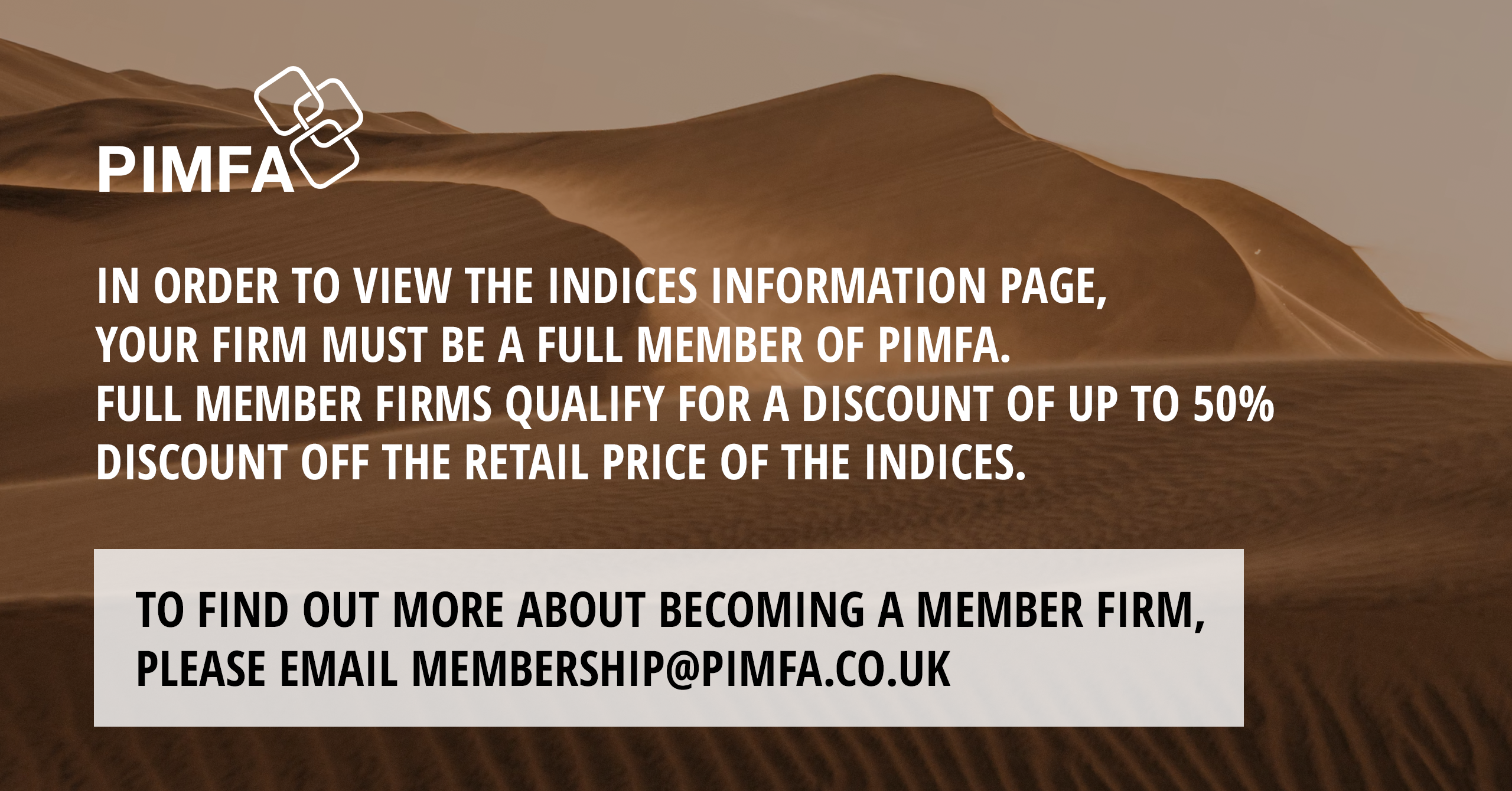Why have Sources of Wealth checks become a real challenge for Wealth Managers?
AML guidance makes clear that regulated entities should do everything as is reasonably practical to ensure that client monies are derived from legitimate sources – whether funding a particular transaction, or for investment purposes – increasingly requiring one of two types of checks to be carried out: Sources of Funds checks, to satisfy that the original source of funds provided come from legitimate sources, and Sources of Wealth checks to help understand the origins of a client’s total wealth and assets.
Whilst there’s nothing new about these checks, there’s a sense that regulators are stepping up their requirements on firms to look beyond the standard search engine check and a client’s self-declaration, demanding through audits that a proper risk-based approach be taken, and hitting non compliers with huge fines or even criminal prosecutions.
For wealth managers and financial advisers, where client discretion is particularly important, in-depth probing of an individual’s affairs and associations can be a tricky and sensitive task, putting longstanding and hard-earned client trust at stake. The temptation in many cases is surely to do the minimum and take the chance.
But this would be a folly. A fundamental requirement of customer due diligence is the need to take all reasonable steps through a proper risk assessment process to ensure that you fully understand the nature, background, associates and circumstances of the client. It may not be an easy conversation for those with complex personal affairs, yet the alternative could be much worse.
Checks apply not only to initial on-boarding, but on an ongoing basis, too. Firms must recognise that risk is dynamic and in our digital world, new information comes to light almost every second that could have implications for your client relationships. Best practice is to be proactive with the client in explaining the necessity of such checks and how this protects both the client and the financial institution. A well written document that sets out requirements and justifications can be a good interface between the client and the wealth manager.
Sources of Wealth checks on high-net-worth individuals should start by understanding how they first acquired their wealth. There’s a clear distinction to be made between how wealth is first acquired and how it is subsequently grown and many examples of billionaires who acquired their initial wealth questionably, before going on to build substantial legitimate business empires. Ensuring your prospect doesn’t fall into this category, even on a small scale, is an essential part of your customer due diligence process.
A more recent challenge for wealth management firms is how to conduct due diligence checks on wealth acquired from digital sources, such as cryptocurrencies. Difficulty in tracing the origins of these transactions has led to much resistance in accepting cryptocurrencies. Nevertheless, the crypto-asset sector has now been brought into regulatory scope via the 5th Money Laundering Directive and blockchain-based KYC solutions are beginning to emerge, so there’s a certain inevitability about financial firms having to deal with crypto assets sooner or later.
What constitutes a ‘cause for concern’ can take many forms and compliance professionals must assume a forensic level of inquisition to reconcile gaps in the client’s timeline. How do you explain each business in the portfolio? Where is it domiciled? Are offshore tax havens, special purpose vehicles or even shell companies being used? Who are the beneficial owners and can they be identified? Does the prospect hold significant political office and who are their close family members and associates? Does your prospect spend significant amounts of time overseas? What are the AML controls and levels of corruption like in those countries and are they sanctioned or black-listed?
This is by no means an exhaustive list and a full risk assessment must probe every possible avenue of potential risk, however remote. The good news is that much of it is applied common sense and the old adage ‘if it doesn’t look right, it probably isn’t’, will serve investigators well.
It goes without saying that you should only cautiously rely on documents provided by the client, or a simple search engine query. Information should be verified independently, using data sources and technology provided by firms like LexisNexis® Risk Solutions, to supplement your own sources.
Discrepancies between what an internal compliance policy says should happen, and what actually happens is one of the most frequently found failures of AML control systems, so don’t neglect your processes. They should be detailed and robust enough to drive the right behaviours through your organisation and encourage effective checks, both for new and existing clients. Regular internal audit is the best way to prevent this, even if it’s not always the most popular policy with staff.
Michael Harris- Financial Crime Compliance Consultant for LexisNexis Risk Solutions
Further reading:
https://solutions.risk.lexisnexis.co.uk/wealth-management-solutions
Adopting a cost-effective risk-based approach to KYC and CDD in Wealth Management (lexisnexis.co.uk)
 PIMFA
PIMFA